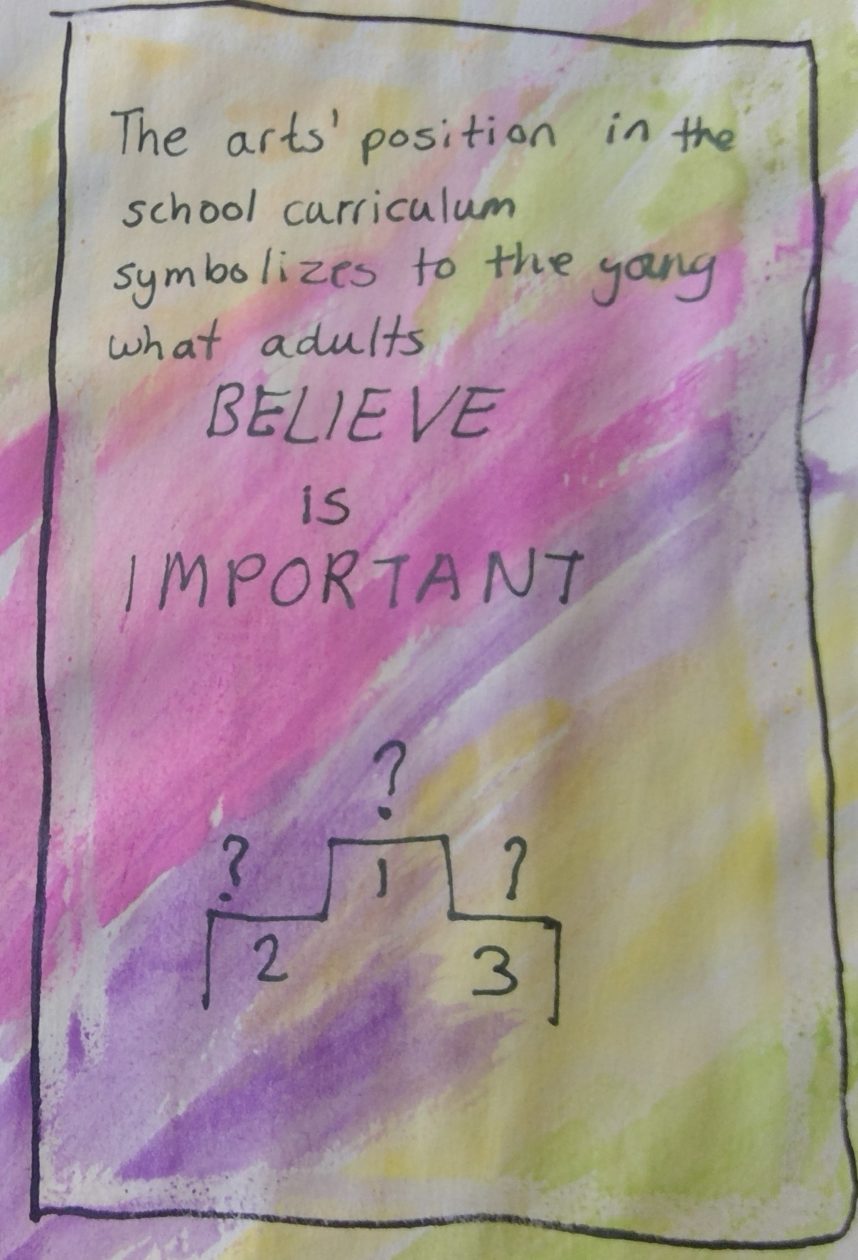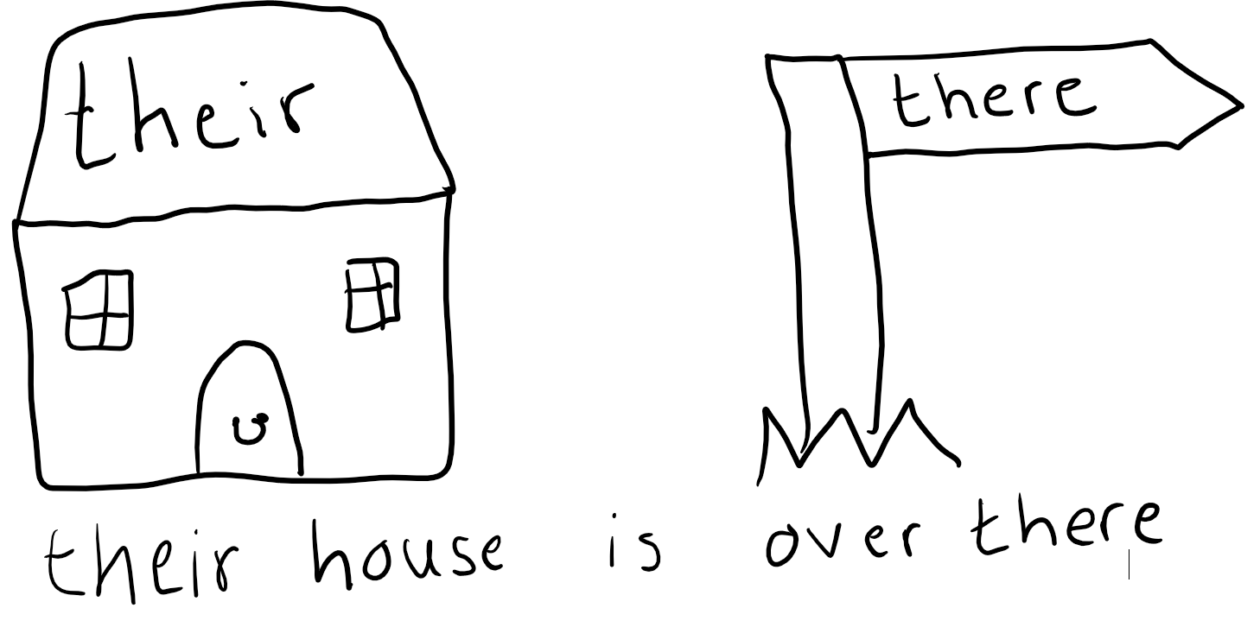This week we had the introduction to the module, as well as the usual review of the timetable and assessments we were also introduced to Eliot Eisner.
My first entry on this blog is presented in two parts, the first in the form of a video which is linked
In this video I document my re-creation of the poster ’10 lessons the Arts can Teach’ (Eisner., 2002)
While making my poster, I began to reflect on my own education and how this related to the lessons Eisner puts forth. In my experience, the Arts were presented as individual and discrete disciplines. They were often used as reward for work in either literacy or numeracy and withdrawn for misbehaviour or incomplete work. As someone who was very slow I often missed out on art and drama activities. It was clear that they were not considered as important as other areas of the curriculum and I rarely remember the arts being used as a tool for learning.

There are however, some exceptions and those exceptions have had a profound impact upon me as learner.
Having still not learned to read and write and continuing to fall behind in all other areas of my education, by age nine my parents decided I would benefit from additional support. I began one-to- one tuition with a tutor who specialised in supporting dyslexic students.
Anne’s teaching style was a revelation to me. Before, learning and school made me feel sick with dread. Putting pen or pencil to paper meant I was going to fail, that I would do something wrong or even worse – that I wasn’t trying and purposely misbehaving.
Instead of learning to spell using only Look, Cover, Write, Say – the preferred method of my class teachers, Anne encouraged me to combine pictures and words in flashcards. I would choose the picture that I wanted to use, she would help me draw the card and write the word in the middle. As decoding words was difficult for me, having a picture to use for context helped me to recognise the word and eventually conjure the image of the picture and word in my mind without having to refer to the cards.

During spelling assessments, if I didn’t know how to correctly write the word I could draw the corresponding picture instead and as many letters as I could remember. This removed my fear of failure and feelings of inadequacy.
As I became literate I felt a whole world open up to me. I suddenly had access to whole new form of expression and exploration. Art was the key that unlocked that door and removed the fear from learning.
It is from these personal experiences that I now start this Integrated Arts module. I look forward to being able to implement the Arts in my future teaching and be confident in having the Arts as a central part of my pedagogy.
References
Eisner, E. (2002) The Arts and Creation of Minds. New Haven: Yale University Press.

